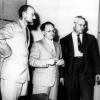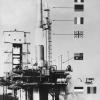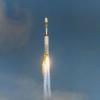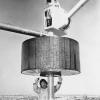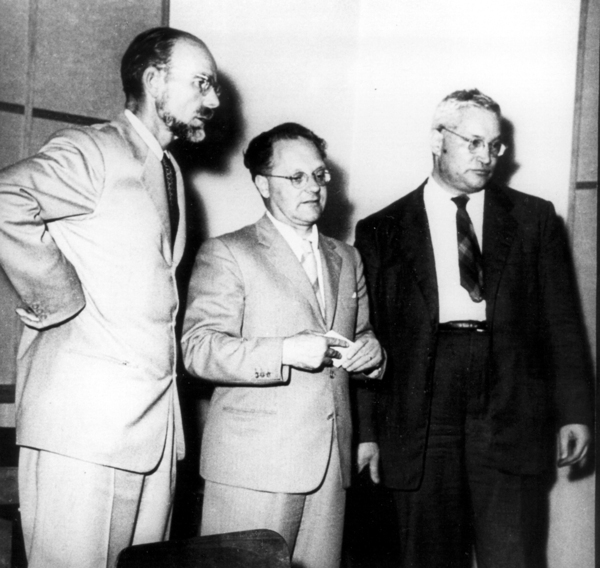CERN: the new model for European co-operation
In response to the emerging situation in the space race between the United States and the Soviet Union, two high-energy physicists, Pierre Auger from France and Edoardo Amaldi from Italy, proposed a joint organization for space research.
Both men were founding members of CERN (the European Organization for Nuclear Research), the organization and laboratory that had been established in Geneva by twelve Western European countries in 1954. CERN was established to pool resources to meet the high costs of conducting nuclear and higher-energy physics research. It was run by leading physicists from across Europe, and to many it formed a model of peaceful international co-operation in science, as well as a means of keeping European nations competitive in the world of research.
Using CERN both as a model and a network of interested people, Auger and Amaldi quickly garnered support from a number of leading scientists and set up the "Commission préparatoire européenne de recherches spatiales" (COPERS) of representatives from ten European governments, which met for the first time in 1960 to discuss European collaboration in space.

How to cite this page
Alexander Badenoch, 'CERN: the new model for European co-operation', Inventing Europe, http://www.inventingeurope.eu/story/cern-the-new-model-for-european-co-operation
Sources
- Trischler, Helmuth and Kohlrausch,Martin. The Politics of Expertise in Europe: Creating, Organizing, Sharing Knowledge. Basingstoke: Palgrave, forthcoming.





